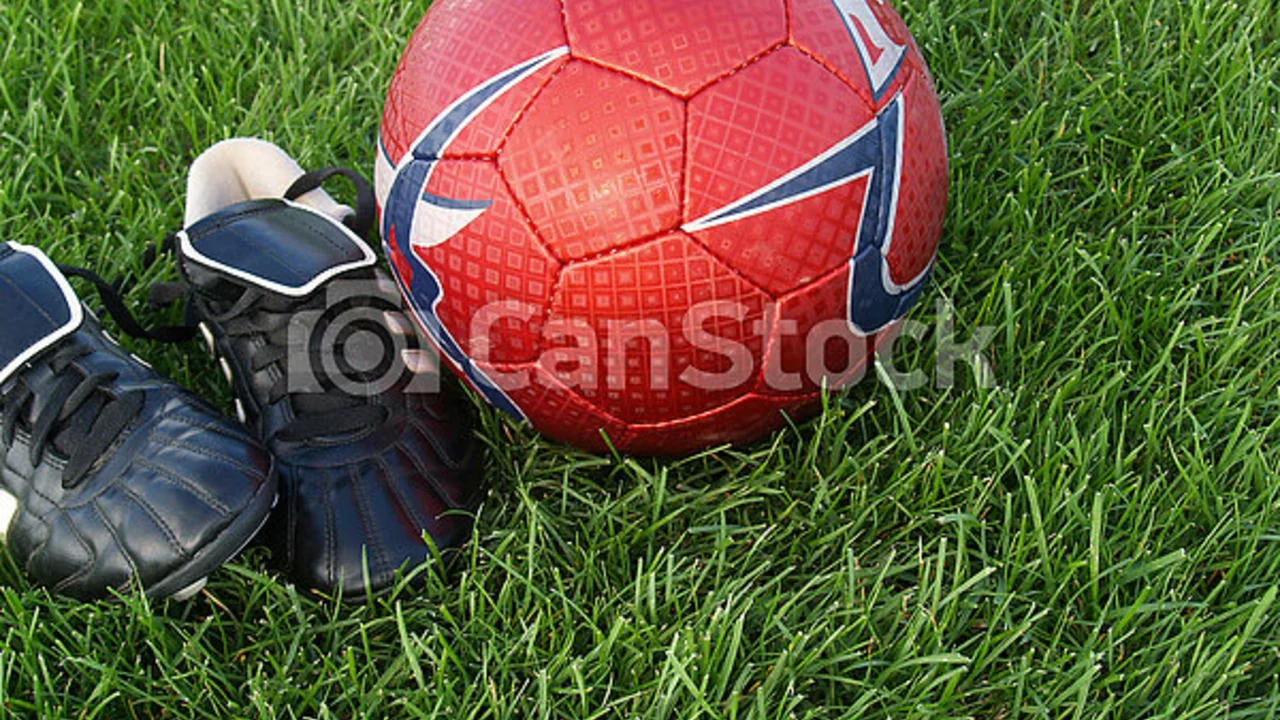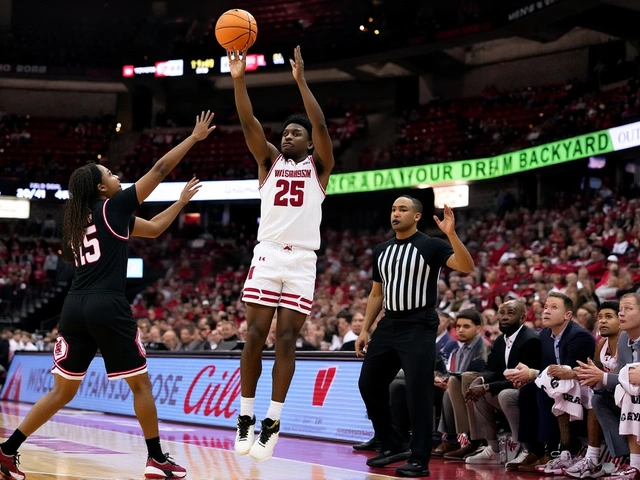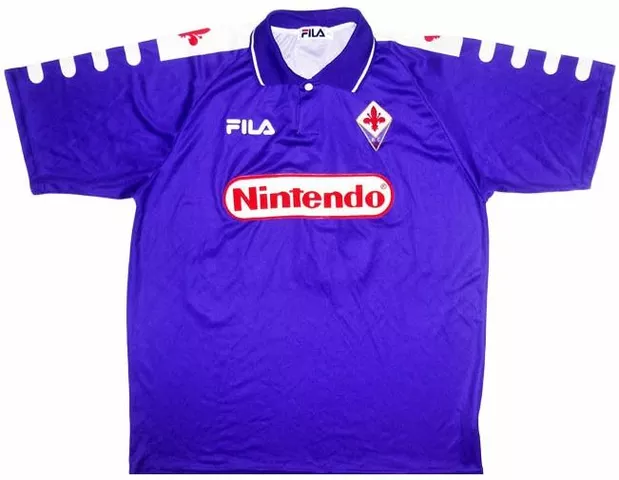
Manufacturing in Soccer: From Jerseys to Stadiums
When you watch a match, the focus is on the players and the goals. Few fans think about how the kits, boots and even the stadium were created. Understanding the manufacturing side gives you a new appreciation for the sport and can even help you spot quality gear when you shop.
First up, jerseys. A soccer jersey starts as a simple piece of fabric. Designers choose a blend of polyester and elastane to get that light, breathable feel. The fabric is cut into panels, stitched together, and then the club’s crest, sponsor logo and player numbers are printed or embroidered. The whole process takes a few weeks, but the result is a shirt that can handle sweat, rain and a full season of wear.
Boots and Ball Production
Boots are another big manufacturing story. The sole is usually made from rubber or a synthetic compound that grips the turf. The upper part uses knit or leather that wraps the foot snugly. Factories use computer‑controlled stitching machines to keep each pair identical. The same precision goes into making the ball – a layered bladder, a hand‑stitched cover and a smooth surface that meets FIFA standards.
Equipment manufacturers also test their products in labs. They check weight, durability and how the material reacts to temperature changes. That testing ensures the gear performs the same way whether you’re playing in a cold night match or a hot summer game.
Stadium Construction and Maintenance
Building a stadium is the most visible manufacturing effort in soccer. Architects design the shape, engineers calculate load‑bearing walls and contractors pour concrete for the foundations. Steel beams form the roof, while modular seating sections make it easier to add or remove seats for different events.
Once the structure is up, a whole team of specialists handles the installation of lighting, sound systems and the giant video boards. Even the pitch itself is a product of careful manufacturing – a mix of sand, soil and grass seed that’s rolled out and watered in a precise pattern to give a uniform playing surface.
After the stadium opens, a maintenance crew works like a factory line, repairing seats, repainting sections and keeping the pitch in top shape. Their routine work keeps the venue safe and ready for the next game.
So, whether it’s the jersey you wear, the boots on your feet, or the arena you cheer in, manufacturing plays a huge role in soccer. The next time you score a goal or watch a match, take a moment to think about the years of design, testing and construction that made it possible. It adds a layer of respect for everyone behind the scenes, from the factory workers to the engineers, who help bring the beautiful game to life.
-
18 Jul





